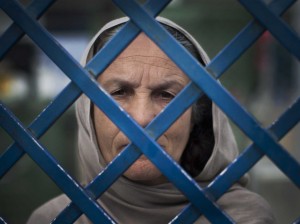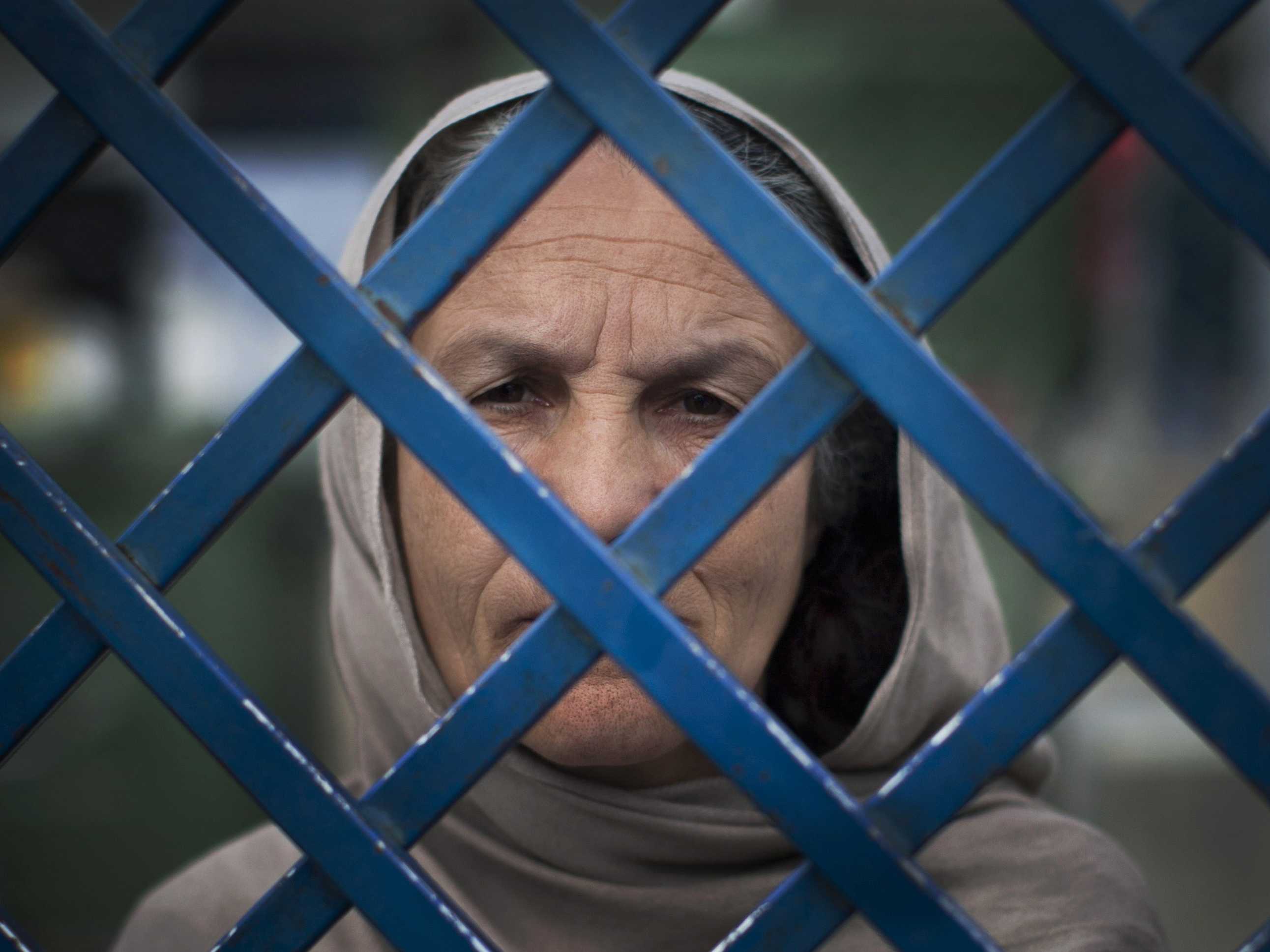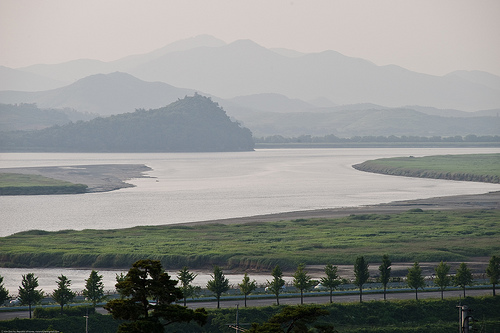
Dear Secretary Kerry:
The women of Afghanistan need your help. As head of the diplomatic service of the United States, you have the power to shape US bilateral relations with Afghanistan and therefore direct US involvement in the country. Your recent participation in Afghan peace talks shows that Afghanistan is a top priority; I am simply requesting that you extend priority to Afghan women’s rights. With the plan to reduce US military presence, Afghan women need to know they have US support now more than ever. In conjunction with the reduction of American troops, the US government must put pressure on the Afghan government to protect women’s rights, include Afghan women in transition negotiations, and support women’s rights groups in Afghanistan.
Investing efforts in improving Afghan women’s rights has not always been popular amongst politicians because of the deep-rooted cultural and religious beliefs that will not allow for women’s progress, however history shows us this is not a futile fight. The women’s rights movement in Afghanistan began long before the US became involved. In fact, women experienced improvement in their status as early as the 1920’s, when King Amanullah Khan and Queen Soraya worked to open schools for girls and abolish child marriages.[1] For many years, there were strong pro-women forces fighting for women’s rights. When the Soviet Union invaded Afghanistan in 1979, the CIA provided weapons and military training to Afghan groups of men known as Mujahadeen or “Soldiers of God” to fight off the Soviet army. The Mujahadeen successfully defeated the Soviets and in 1992 declared themselves rulers of Afghanistan. Born out of the Mujahadeen factions, the Taliban took over in 1996. The Taliban’s extremist Sharia laws were devastating for women’s rights, essentially calling for a complete removal of women from society. Given that the US armed the Taliban and helped it gain power in the first place, the US has a responsibility to help the women of Afghanistan regain the rights they lost under the Taliban.[2]
Removing US troops is a necessary part of assisting Afghan women in the fight for their rights. The presence of US troops has caused widespread instability and violence, making it harder for women’s rights efforts to gain traction. Though the US removed the Taliban from power in 2001, they continue to be a violent and destructive force in Afghanistan.[3] When the US military engages with the Taliban, Afghan citizens often get caught in the crossfire. In this kind of unstable environment, women can barely manage their households, let alone fight for rights. Furthermore, US troops’ presence is actually a factor driving the Taliban’s expansion. Some Afghani people blame the US for all the violent destruction and start to sympathize with anti-West fundamentalist groups. At the same time, long-time fundamentalists have become more fervently opposed to Afghan women’s progress because they link women’s rights to western values. Similarly, women face violent backlash in their homes because of a perceived link between western interests and women’s pursuit of equal rights.[4] What this means is that extremist, fundamentalist groups like the Taliban and Northern Alliance gain more followers and become even more extreme in response to US military activities. In tandem with troop removal, the US should continue to train Afghan military and police, as well as partner with other countries to provide a limited peacekeeping force.
Once US troops have left, US policy makers may be tempted to wash their hands of the Afghanistan situation. This cannot happen. Since the US freed them from oppressive Taliban rule, Afghan women have had more access to public life through education, healthcare, employment, and politics. About 3 million girls are in school and more than 16,000 women have graduated. Equally impressive is the fact that women now fill more than a quarter of parliament seats and have joined the ranks of police and military forces.[5] At the same time, US diplomatic pressure on Afghan President Hamid Karzai has resulted in the implementation of measures like the Law on the Elimination of Violence Against Women (EVAW), which has been used in countless court cases to successfully prosecute rapists and other violent men who victimize women. Now that US troops are leaving and diplomatic pressure is waning, the progress in women’s rights recently accomplished is in danger of disappearing.
As US influence decreases and fundamentalist influence in the region grows, Afghan women are increasingly being forced to withdraw from the public sphere. Not only has there been a recent spike in violence against women, EVAW was rejected by the Afghan parliament.[6] Equally worrisome is the fact that President Karzai has become increasingly ambivalent toward women’s rights. Karzai had previously acted in favor of women because pleasing the US helped him stay in power. With a reduced US presence, it is becoming more important for Karzai to please the conservative clerics within parliament and other powerful conservatives in his country instead. Last year Karzai supported a cleric issued “code of conduct” that allows husbands to beat their wives under certain circumstances.[7] If the US turns its back on Afghanistan, fundamentalist forces like the Taliban will regain influence and erase women’s hard-earned progress. It is imperative that the US maintains its involvement on a diplomatic level so that the Afghan government will protect women’s rights out of fear of reprisal from the US and its allies.
Another essential piece of the US government’s role moving forward must be supporting women’s groups, particularly those run by Afghan women. USAID’s fairly new $200 million “Promote” program that aims to teach Afghan women entrepreneurial and policymaking skills is a reassuring indication of the US government’s continued financial commitment to Afghanistan. However, women’s organizations based in Afghanistan have received very little support from the US and the international community as a whole. Supporting Afghanistan-based women’s organizations is key because these organizations are most familiar with the challenges of daily life and the obstacles women face in the country. By supporting such organizations, the US would allow Afghan women to take the lead in the fight for rights. One example of an Afghan organization fighting for women’s rights is the Revolutionary Association of the Women of Afghanistan (RAWA).
Founded in 1977, RAWA is run by Afghan women struggling for peace, democracy, and women’s rights, with the objective of involving an increasing number of Afghan women in social and political activities. Some of their projects include aiding female refugees, running girls’ schools, and providing free health care to women and children. Supporting women’s groups like RAWA is an essential part of helping Afghan women because it empowers women to take the lead in the fight for their rights. It is actually in the best interest of the US to support RAWA because the organization promotes the idea of an Afghan government based on democratic and secular values. Though RAWA has made strides in achieving their goals, their activities are limited by a lack of resources. For instance, the RAWA-founded Malalai Hospital was forced to scale down to a clinic because of insufficient funds.[9] It is clear that RAWA women have a compelling vision for the future of Afghanistan. What they lack is monetary support. The US government must lead by example in providing moral and financial support to organizations like RAWA.
Support for women’s groups will only be effective if combined with an effort to allow women’s voices to be heard. Afghan women must be included in the transition process. Thus far they have been left out of negotiations, just like at the Bonn Conference during the post-Taliban period. Women’s rights are fading into the background as the US and its allies negotiate Afghanistan’s security transition without input from female leaders.[8] With a seat at the negotiation table, women would be able to advocate for themselves, ensuring that future plans for the country take their needs and desires into consideration. Moreover, Afghan women are an untapped source of intelligence and talent who can help solve the country’s problems. Still, it is important to consider which women are invited to the table. Seats must be reserved for capable, outspoken women rather than those who will simply agree with whatever their male counterparts believe. The women that run the RAWA are a perfect example of the extremely capable women who should be at the negotiation table.
With US troop removal nearly complete; Afghan women are at a crossroads. Depending on the type of legacy the US government establishes during this transition period, the rights of Afghan women will either continue to improve or will start to disappear. Afghan women have already started to withdraw from the public sphere out of fear that the US will lose interest in their cause once troop removal is complete. By putting diplomatic pressure on the Afghan government, including Afghan women in negotiations, and funding women’s rights groups, the US can give women in Afghanistan the confidence to stay out of the shadows.
Sincerely,
Devin Cowick



